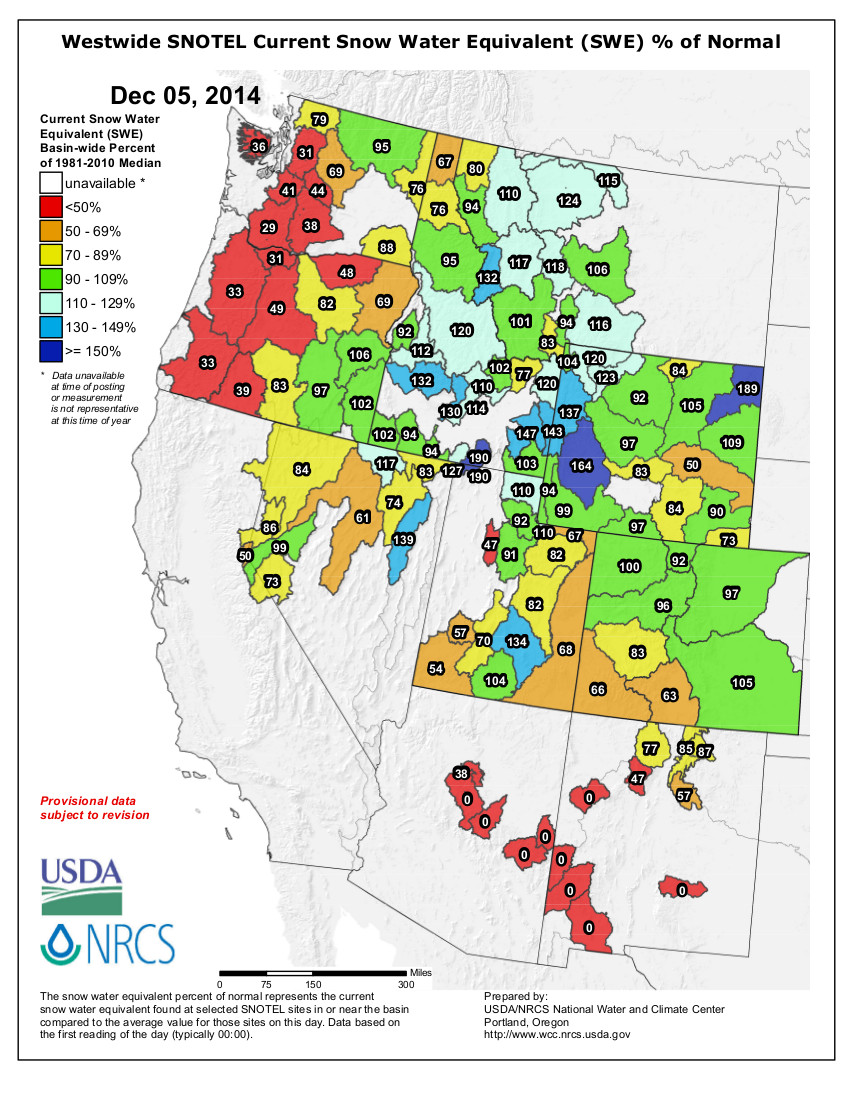I have always owned sneakers, but they become more and more expensive
yet don't last any longer.
M. usually blows out a pair of sneakers in a year, "blow out" meaning cracks so large you can see the wearer's feet inside, just by walking vigorously on dirt roads and forest trails. I get maybe two years — that was the case with my last pair of Teva sneakers — because I rotate more pairs of shoes. (Check the prices:
something comparable is $66 on sale.)
 |
H. S. Trask: Bison leather
and a softer kind of Vibram sole. |
What to do? Back to leather? I already had these H. S. Trask "Deer Camp" low boots, bison leather, leather-lined, with replaceable Vibram soles. (They are on their second set of soles.) Not in the catalog anymore, but similar to
these.
"Deer Camp"? Maybe if it's a three-story log Adirondack-style log lodge, where someone drives you to the heated deer blind at dawn and leaves you there with a hamper of snacks. Very nice, comfortable, but a little country-gentleman-ish for the usual gritty dog walks and digging out drainage ditches.
 |
| Keen: The soles need help. |
What about something cheaper? In the Cody, Wyo.,
Sierra Trading Post store, back in 2011. I found these Keen lace-up shoes. They seemed like the leather equivalent of sneakers. And they have lasted three years.
The uppers are in great shape, but the soles, as you may see, are already being repaired with
Shoe Goo. (Great stuff, Shoe Goo.) And these soles are not replaceable. By buying them at Sierra, I paid a lot less than
the $110 that these similar shoes are listed for.
Some designer, sitting his or her air-conditioned office, wrapped a sturdy layer of rubber over a softer, less resistant under-sole. With wear, inevitable gaps develop between them, where grains of sand and small pebbles get stuck. Where the heel strikes, the thin, harder rubber wears away, exposing the softer stuff. Hence liberal use of Shoe Goo to seal them back together and rebuild the heel —
because the uppers are still fine.
 |
"Engineered Durability" —
It says so right on them. |
Next try, some
Cat
walking shoes (as in the maker of large yellow machines). Bought these at
Sierra Trading Post also, which means they are no longer in the catalog, as Sierra sells lots of close-outs.
These approach the platonic ideal of
Sturdy Leather Shoe with Grippy Sole except for two weird designer touches: small elastic inserts in the back, which will probably break before the leather wears out, and this "window" in the heel, in case you wish to observe the inner workings of the sole, in which case you must be the
James Hillman of shoes.
Regardless of the label, I think shoe designers mentally envision their shoes in only three environments: city sidewalks, basketball courts — and if they are "walking shoes," manicured graveled trails on which you could push a baby stroller.
I say that because I broke down and bought some sneakers, because they were featured in one of Amazon's 60 percent-off-today-only sales.
Excuse me, these are
New Balance "Low Tactical Boots" and they list at more than $100.
But if you wear these
sneakers while walking through a meadow in July, you will find that the awns of
needle-and-thread grass go through their sides like a 50-caliber bullet through a
Toyota Hilux pickup truck. Cheatgrass awns too.
Like most sneakers, they have panels of that mesh-covered foam crap, although there is a bit more of a rubber bumper in front than you usually get.
The soles are aggressive — I tested them on a 90-minute rocky scramble just this morning — but the uppers will probably give out first.
Also tried, some moccasin-style boat shoes (sort of like
these but with slitty soles) from the venerable firm of
C. & J. Clark, found at a close-out price. Not bad for everyday wear, but too soft-soled for outdoor work like digging garden beds.
So you can buy leather at sneaker prices, if you look around. It lasts longer and it can be repaired, at least some of the time.






































